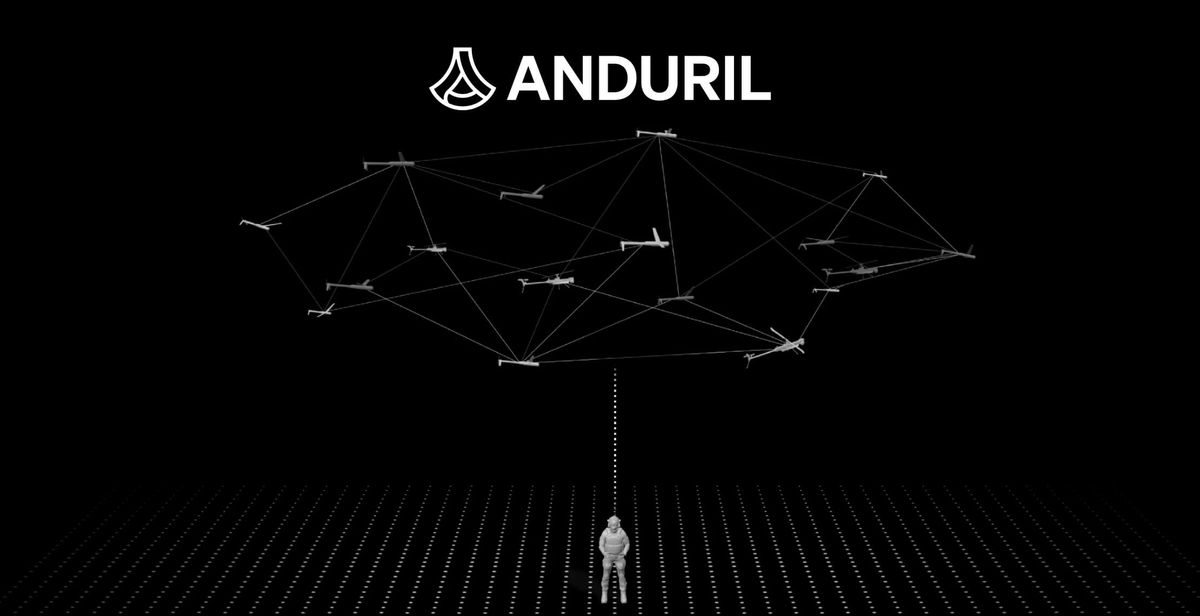
As AI adoption increases for mission-critical tasks in the U.S. military, Anduril Industries, a rising defense technology startup, has announced Lattice for Mission Autonomy. This advanced AI-powered platform streamlines military operations by enabling a single operator to manage and coordinate multiple autonomous assets across various domains, significantly enhancing efficiency and reducing risks for warfighters.
Anduril's announcement comes on the heels of Palantir's release of Artificial Intelligence Platform for Defense, further highlighting the growing importance of AI in military operations. Despite the name, Lattice for Mission Autonomy is not fully autonomous, and still requires human oversight. Sole operators provide supervision and control over the systems, ensuring that decisions are made with human input and accountability.
There are a number of impressive features that make Anduril's latest product a potential game-changer for the U.S. Military and its allies. It features an open architecture designed to integrate different platforms and payloads from various vendors into diverse mission solutions. This flexibility caters to the unique requirements of each mission, while integrated systems allow Lattice to combine platforms, piloting, sensors, and payloads to create autonomous teams capable of executing complex missions efficiently.
In addition to its multi-domain applications that extend defense and commercial capabilities across air, land, and sea, Lattice for Mission Autonomy also offers distributed command and control. This feature automatically breaks down operator intent into discrete tasks, distributing them across unmanned systems to best accomplish missions under human supervision. Moreover, onboard AI/ML algorithms autonomously process and fuse raw sensor data from distributed assets to detect, track, and target in real-time, allowing for dynamic planning in response to real-time inputs throughout mission execution.
Anduril Industries has seen significant success in recent years, raising $1.48 billion in its Series E round in December 2022, pushing the company's valuation to $8.48 billion. In January, the company secured a $1 billion contract with the U.S. Special Operations Command for counter-drone systems integration work.
Lattice for Mission Autonomy is designed to be compatible with various defense technologies from other industry players, making it potentially easy to integrate into current and future military operations. This integration would enable the US military to fully harness the potential of unmanned systems, including those produced by other defense giants like Northrop Grumman and General Atomics.
In recent years, Defense officials have embraced unmanned technologies, envisioning a future defined by manned-unmanned teaming. The U.S. Marine Corps' Force Design 2030 plan seeks to dramatically expand drone capabilities, making unmanned systems a persistent sensor on future battlefields. Air Force officials recently stressed the importance of incorporating autonomous drone wingmen into the Air Force's future fleet, envisioning up to 1,000 collaborative combat aircraft to complement and enhance the performance of crewed fighter aircraft while reducing risks to pilots.
AI and autonomous systems are set to play an increasingly critical role in national defense and security. Platforms like Anduril's Lattice for Mission Autonomy could transform military operations by enabling more efficient, safer, and cost-effective solutions, while still maintaining essential human oversight.

